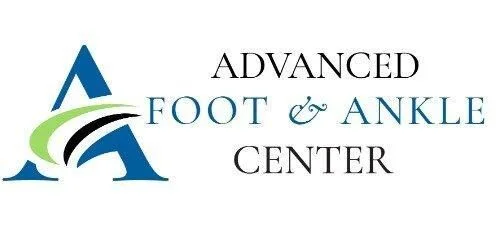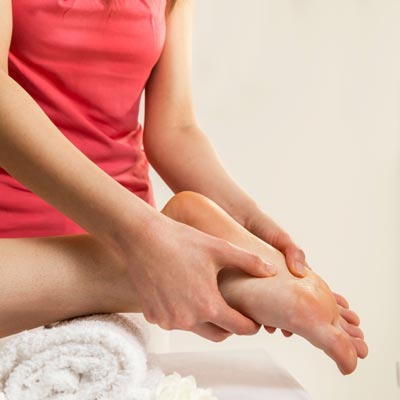Table of Contents
Bunion, Neuroma, Hammertoe Treatment
Women generally experience more foot problems than men because of pregnancy and improper footwear like high heels. This makes women more likely to have heel pain and foot deformities like bunions, hammertoes, or neuromas.
Many women also have unexplained pain due to undiagnosed stress fractures in the feet, ankles, or shins. If you continue to put pressure on these injuries, it could result in further complications down the road. That’s why we’re focused on keeping your feet healthy and preventing foot complications before they occur through our high-quality women’s foot care in Suffolk, North Suffolk, Hampton, and Virginia Beach, VA.
What Causes Women’s Foot Issues?
Though some foot issues are experienced by both men and women, gender-specific anatomical differences and different approaches to footwear may result in some foot issues that are unique to women.
Women may experience issues as a result of biology, pregnancy, or poor choices in footwear. While high-heeled shoes are frequently pointed to as the worst shoe choice for women, shoes with little to no arch support such as flip flops, sandals, flat boots, and ballet slippers can be just as harmful. Some specific issues include:
- Flatfoot
- Blisters
- Bunions
- Achilles tendonitis
- Plantar fasciitis
- Hammertoes
- Morton’s neuroma
- Excessive swelling (often associated with pregnancy)
- Stress fractures
Symptoms of Women’s Foot Issues
How to Diagnose Women’s Foot Issues
Non-Surgical Treatment for Women’s Foot Issues
Treatment options for women’s foot issues will depend on the symptoms experienced by the patient and the doctor’s ultimate diagnosis. Treatment may include:
- Anti-inflammatories and ice to reduce swelling
- Elevating the feet, also done to combat swelling
- Comfortable, supportive footwear
- Orthotic shoe inserts
- Padding or cushions for the toes, arches, or balls of the feet
- Foam splints for hammertoes
- Pumice stone treatments for shaving down corns and calluses
- Cortisone injections for nerve pain associated with a neuroma



